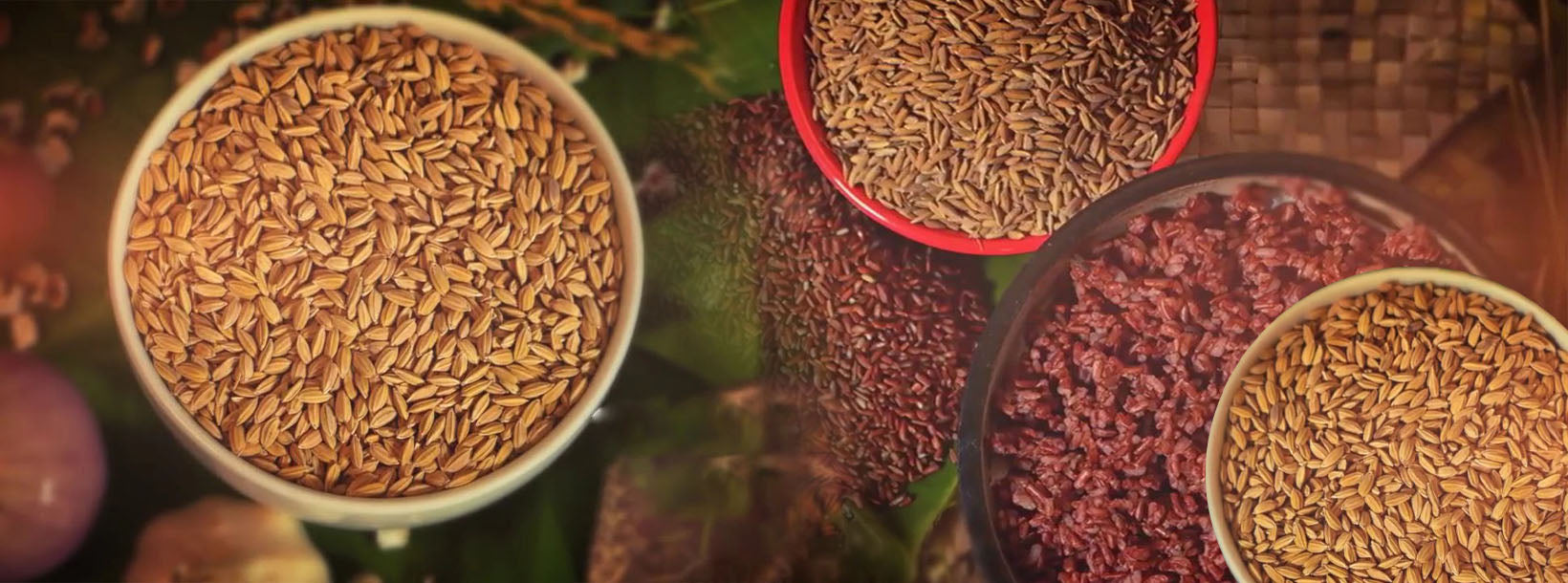
전통 쌀
벼농사는 스리랑카의 역사 및 문화와 오랜 연관을 맺어 왔으며, 스리랑카인들은 지난 3천 년 동안 농업에 기반한 생활 방식을 실천해 왔습니다. 기록된 역사와 고고학을 통해 수집된 증거에 따르면, 이 섬의 벼농사는 기원전 900년에서 600년 사이로 거슬러 올라갑니다.
Traditionele rijst
In Sri Lanka wordt rijst al sinds 800 v.Chr. verbouwd, en dit wordt verder ondersteund door enorme irrigatiestructuren sinds 390 v.Chr. In deze periode stond Sri Lanka bekend als de graanschuur van het Oosten, en er is melding gemaakt van het bestaan van ongeveer 2000 inheemse rijstvariëteiten. Aan het begin van de 20e eeuw werden ongeveer 567 traditionele rijstvariëteiten gedocumenteerd. Deze variëteiten waren door natuurlijke evolutie en onbedoelde selectie door onze voorouders aangepast aan verschillende ecologische omstandigheden voor rijstteelt in zowel hooglanden als laaglanden van het land.
Omdat de traditionele variëteiten door nalatigheid van buitenlandse heersers waren vermengd, werd in de jaren 1920 door wetenschappers van het ministerie van Landbouw een zuiveringsproces ingevoerd en werden zuivere lijnen aanbevolen voor de teelt. De huidige traditionele variëteiten zijn voornamelijk het resultaat van deze zuivere lijnen. Deze variëteiten hadden voldoende diversiteit om zich aan te passen aan de verschillende rijstteeltomgevingen en de voorkeuren van de consument. Daarom bezitten traditionele rijstvariëteiten specifieke aanpassingsmogelijkheden in plaats van algemene aanpassingsmogelijkheden.
De meeste variëteiten hebben een lange rijpingsduur van 4-6 maanden van zaaien tot oogsten. Slechts zeer weinig variëteiten hadden een rijpingsduur van 2½ tot 3½ maanden. De meeste traditionele rijstvariëteiten zijn rood en slechts enkele zijn wit van pericarpkleur. Sommige traditionele variëteiten zijn sterk fotoperiodegevoelig en bloeien alleen wanneer ze worden blootgesteld aan korte dagen in december, zodat ze alleen tijdens het maha-seizoen in het land kunnen worden geteeld. De traditionele plantarchitectuur is zeer primitief, met lange en zwakke halmen die tijdens de teelt de neiging hebben om te knikken. De oogstindex van traditionele variëteiten is minder dan 0,3, wat aangeeft dat het biomassagehalte groter is dan de hoeveelheid geproduceerde granen in een plant, wat leidt tot een lage opbrengst. Specifieke aanpassingsmogelijkheden, weerstand tegen abiotische stress en enkele weerstand of vatbaarheid voor enkele belangrijke plagen en ziekten worden bij traditionele variëteiten gerapporteerd.
De voedings- en medicinale eigenschappen van deze variëteiten worden erkend in de traditionele kennis van Sri Lanka. Dergelijke eigenschappen zijn divers en omvatten het vermogen om het immuunsysteem, de lichaamskracht en de seksuele kracht te verbeteren, de spijsvertering en uitscheiding te vergemakkelijken en gifstoffen in het lichaam te verminderen, evenals het gebruik voor de behandeling van koorts, diabetes, constipatie, urinewegproblemen, obesitas, tuberculose, bloedbraken en de behandeling van mensen die zijn vergiftigd door slangenvergif. Onderzoek dat in de afgelopen jaren is uitgevoerd, heeft enkele van deze traditionele beweringen wetenschappelijk gevalideerd en duidelijk aangetoond dat traditionele Sri Lankaanse rijst, vooral rode rijst, gunstige medicinale eigenschappen bezit tegen ontstekingen, diabetes, kanker, neurologische ziekten, cholesterol en oxidatieve stress. Daarom kan het gebruik en de toepassing van deze waardevolle traditionele of inheemse rijstgenetische bronnen in het land de voedings- en gezondheidsstatus van de bevolking in Sri Lanka effectief verbeteren. Bovendien vereist de enorme diversiteit aan traditionele rijstvariëteiten hun behoud en gebruik voor verdere verbetering om aan de toekomstige rijstbehoeften te voldoen en kan ook oplossingen bieden voor landbouw- en milieuproblemen in het land en de wereld. Laten we daarom onze schat aan natuurlijk geëvolueerde traditionele rijstvariëteiten behouden voor toekomstig gebruik voor voedsel- en milieubeveiliging.
Downloads:
-
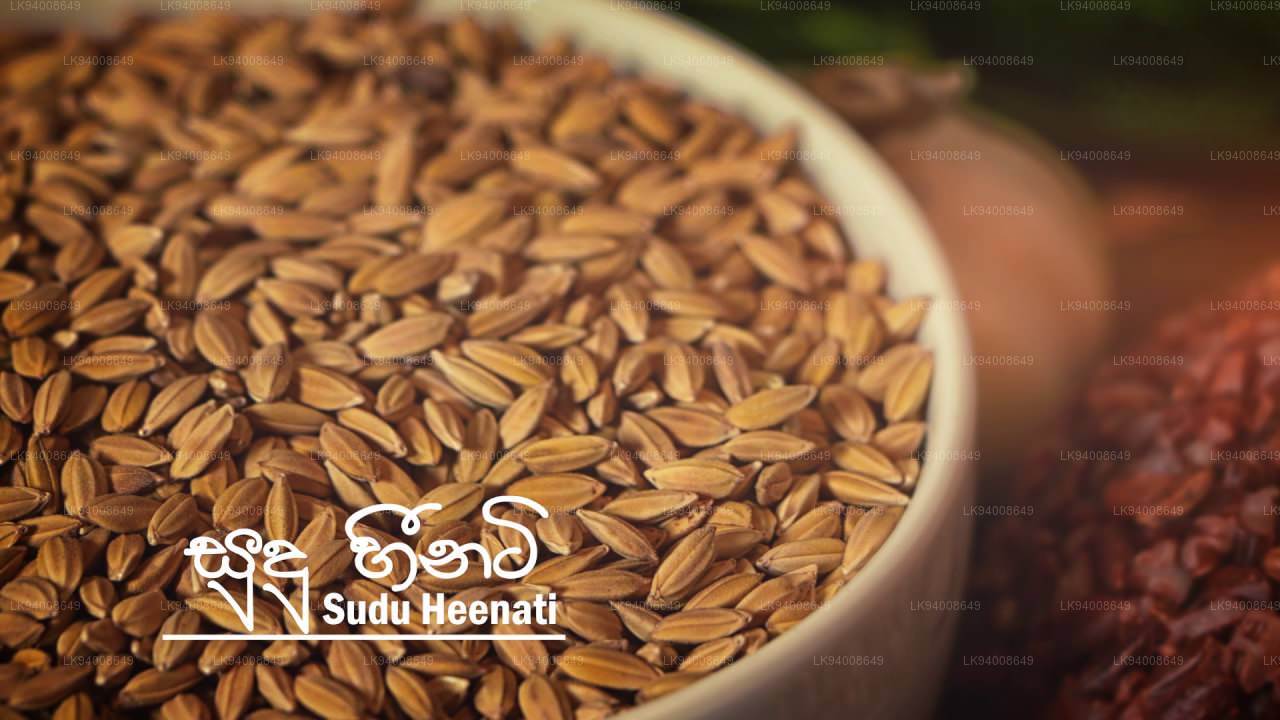 Sudu Heeneti
Sudu HeenetiSudu Heeneti, een kleine witte erfgoedrijstsoort, is zeer voedzaam, rijk aan antioxidanten en ideaal voor traditionele Sri Lankaanse medicinale diëten. De rijst heeft een zachte textuur en een milde, aardse smaak.
-
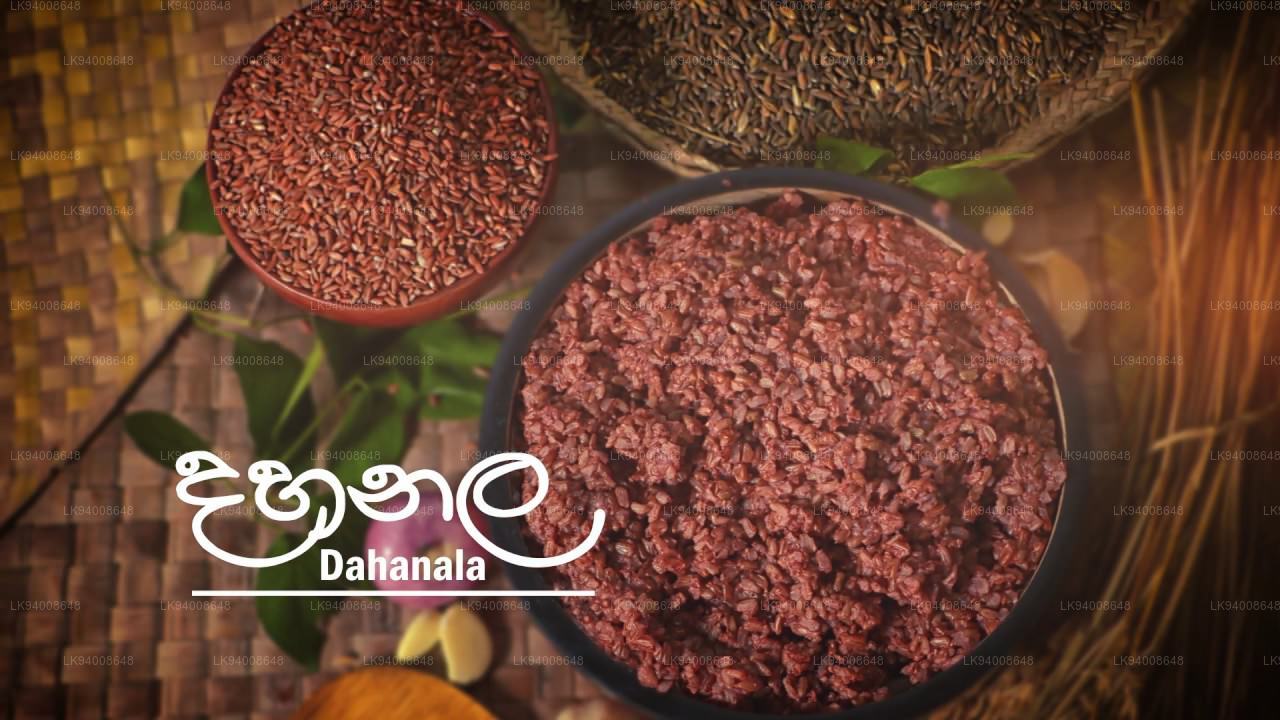 Dahanala
DahanalaDahanala is een zeldzame, voedzame, traditionele rijst met een roodachtige tint. Hij is geliefd vanwege het hoge vezelgehalte en de milde, zoete smaak, waardoor hij perfect is voor pap en gezonde maaltijden.
-
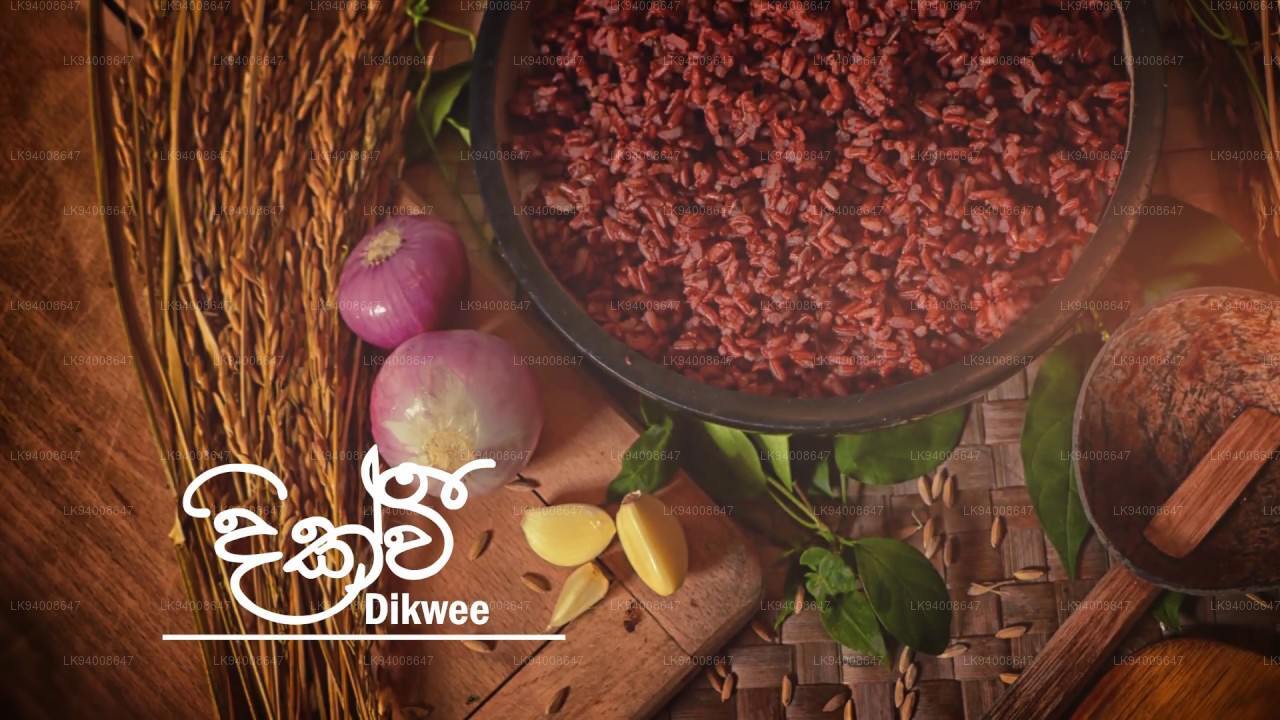 Dik Wee
Dik WeeDik Wee is een middelgrote rode rijstsoort die traditioneel in Sri Lanka wordt verbouwd. De plant wordt maximaal 150 cm hoog. Deze rijst kan binnen 4 tot 4,5 maanden na het zaaien worden geoogst.
-
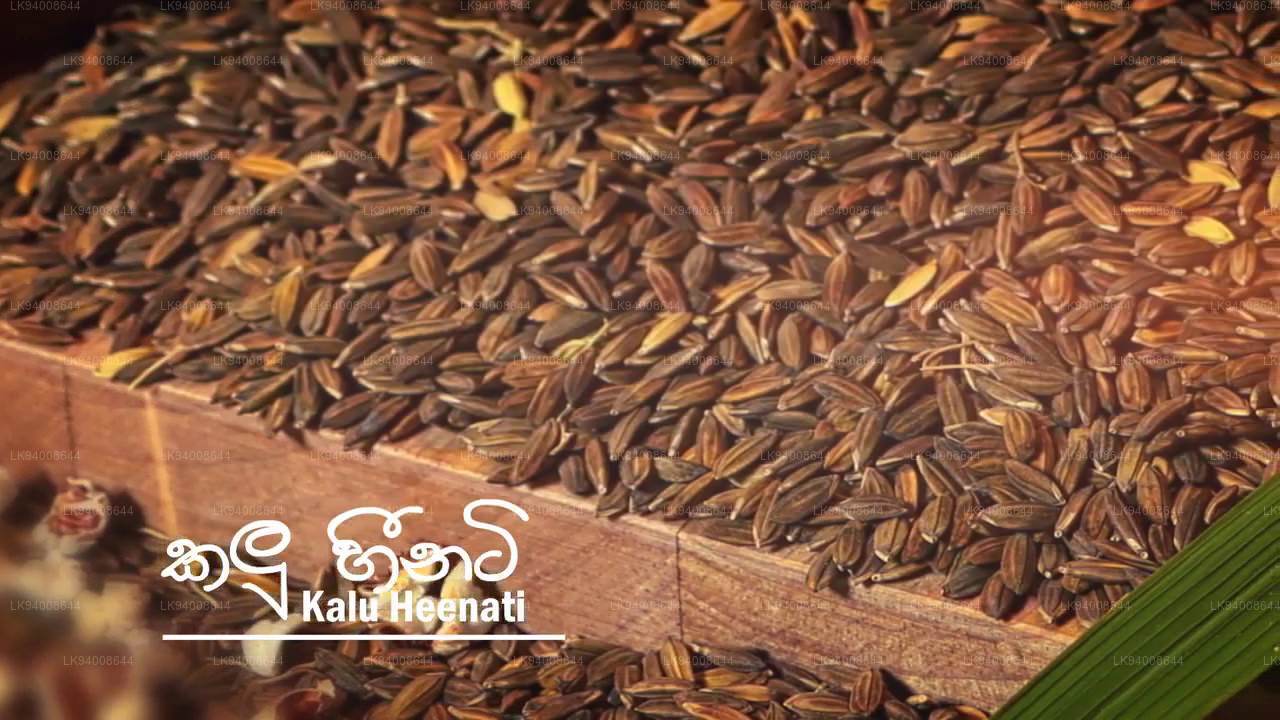 Kalu Heeneti
Kalu HeenetiDeze rijstsoort wordt Kalu Heeneti genoemd vanwege de kleur van zijn lemma en palea die bij rijpheid zwartachtig worden. Hij wordt traditioneel verbouwd in Sri Lanka en produceert een rode, middelgrote korrel. De plant ontwikkelt zich tot een maximale hoogte van 120 cm.
-
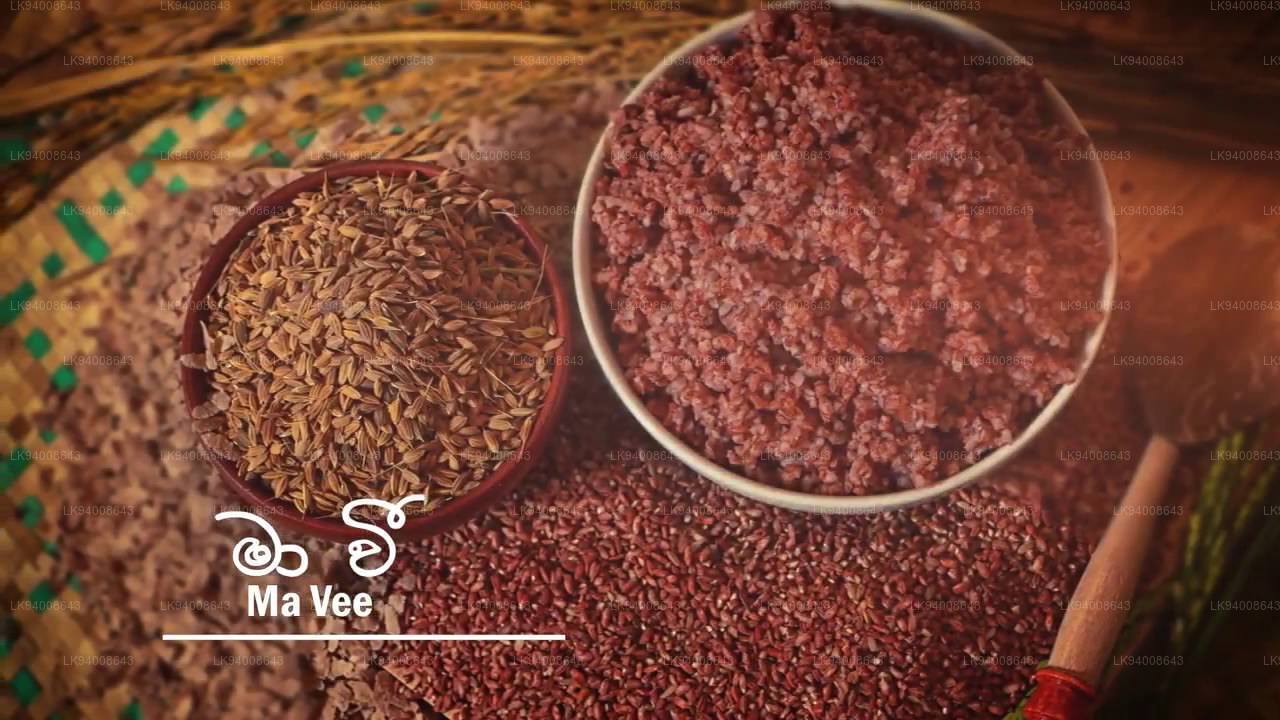 Ma Wee
Ma WeeMa Wee is een rode rijstsoort die traditioneel in Sri Lanka wordt verbouwd. De korrel varieert in grootte en vorm van korte, ronde variëteiten tot lange, middelgrote variëteiten. Het is een van de hoogste rijstplanten die wordt verbouwd en groeit tot een maximale hoogte van 350 cm.
-
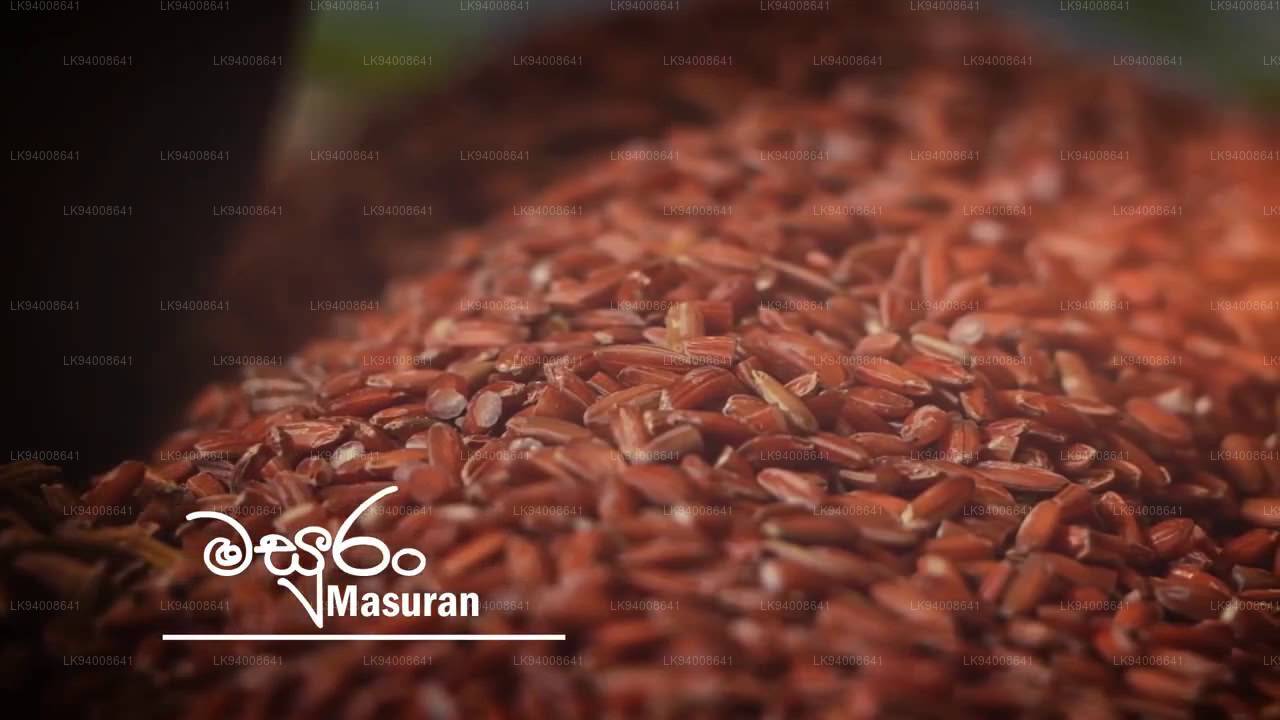 Masuran
MasuranMasuran is een populaire, middelkorrelige rode rijstsoort die traditioneel in Sri Lanka wordt verbouwd. De plant bereikt een maximale hoogte van 120 cm en is bestand tegen legeren. Deze oogst kan binnen 3,5 maand na het zaaien worden geoogst tijdens het Yala-seizoen en binnen 4,5 maand in het Maha-seizoen.
-
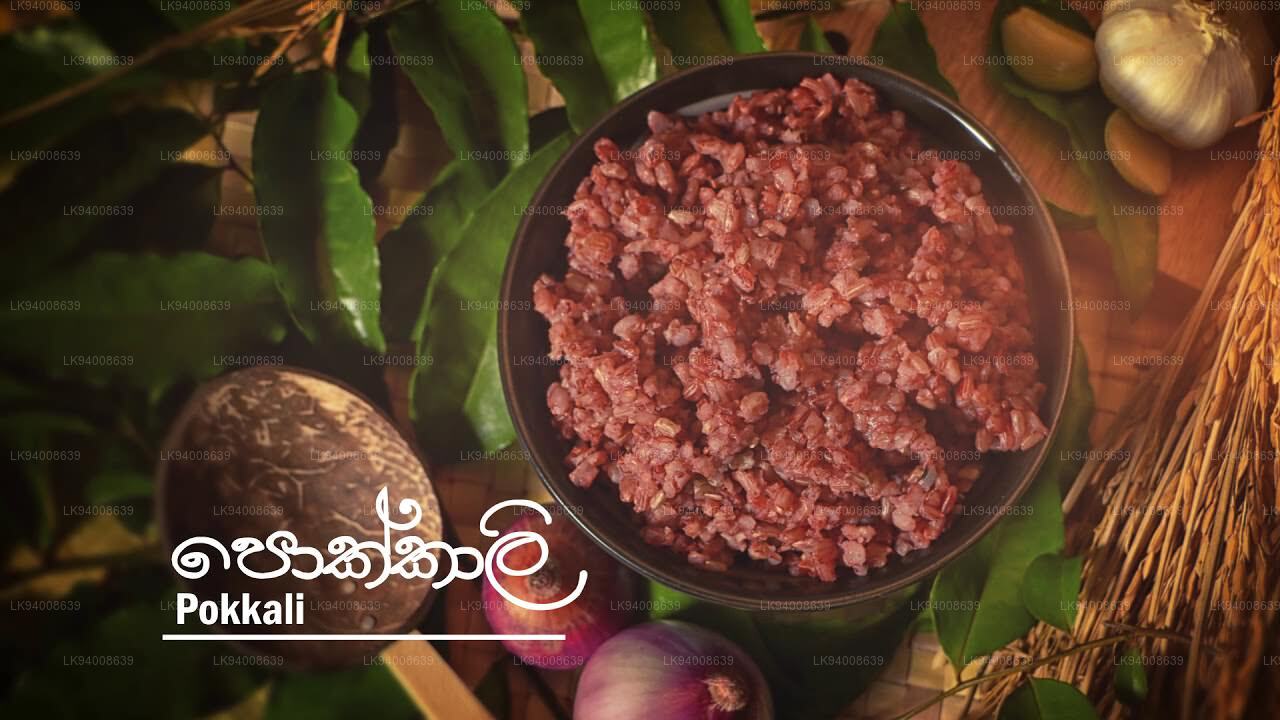 Pokkali
PokkaliPokkali is een populaire rode rijstsoort die traditioneel in Sri Lanka wordt verbouwd. De stengel van de plant is ongeveer 130 cm hoog en draagt ongeveer 10 uitlopers per plant. Deze plant kan binnen 3,5 maand na het zaaien worden geoogst.
-
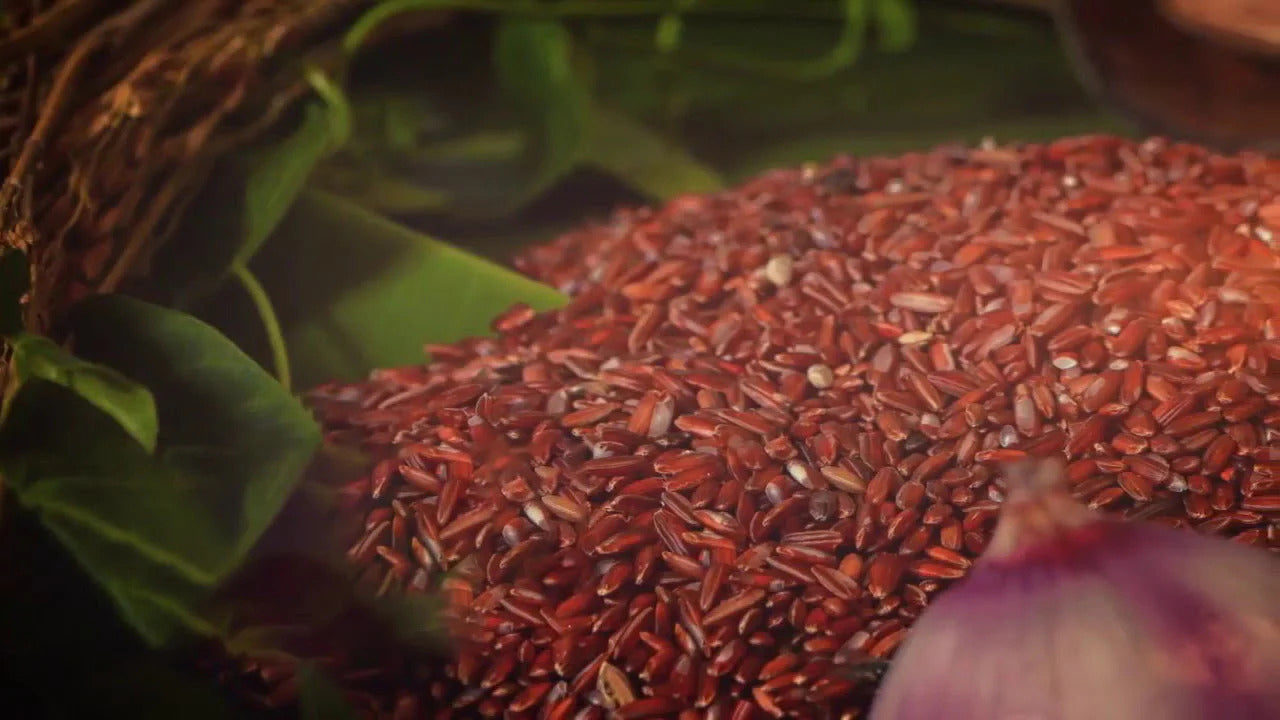 Pachchaperumal
PachchaperumalPachchaperumal is een zeer populaire, middelkorrelige rode rijstsoort die traditioneel in Sri Lanka wordt verbouwd. De plant wordt maximaal 120 cm hoog. Deze plant kan binnen 3,5 maand na het zaaien worden geoogst. Tijdens het rijpingsproces verkleurt de stengel van de plant lichtblauw.
-
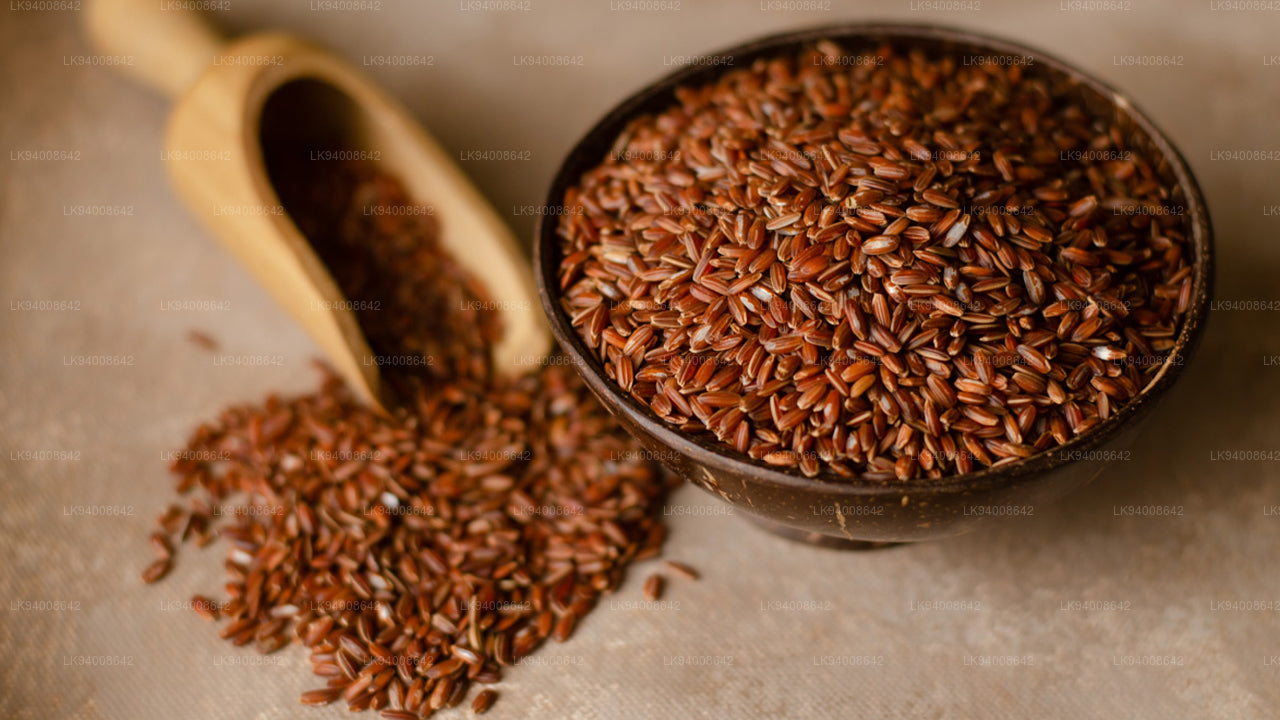 Madathawalu
MadathawaluMadathawalu is een zeer populaire kortkorrelige rode rijstsoort die traditioneel in Sri Lanka wordt verbouwd. De plant wordt maximaal 130 cm hoog. Deze rijst kan binnen vier maanden na het zaaien worden geoogst.
-
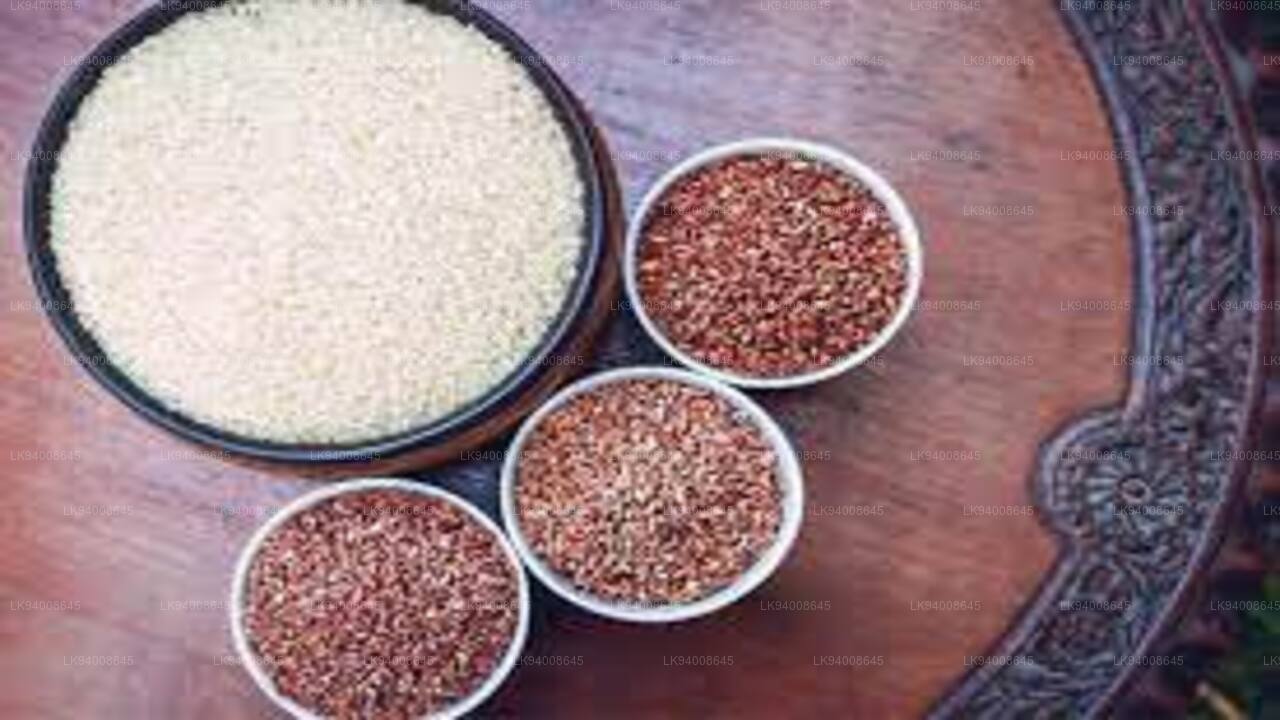 Gonabaru
GonabaruGonabaru is een populaire rijstsoort met een middelkorrelige korrel die traditioneel in Sri Lanka wordt verbouwd. De plant wordt maximaal 140 cm hoog. Deze rijst kan binnen vijf maanden na het zaaien worden geoogst.
-
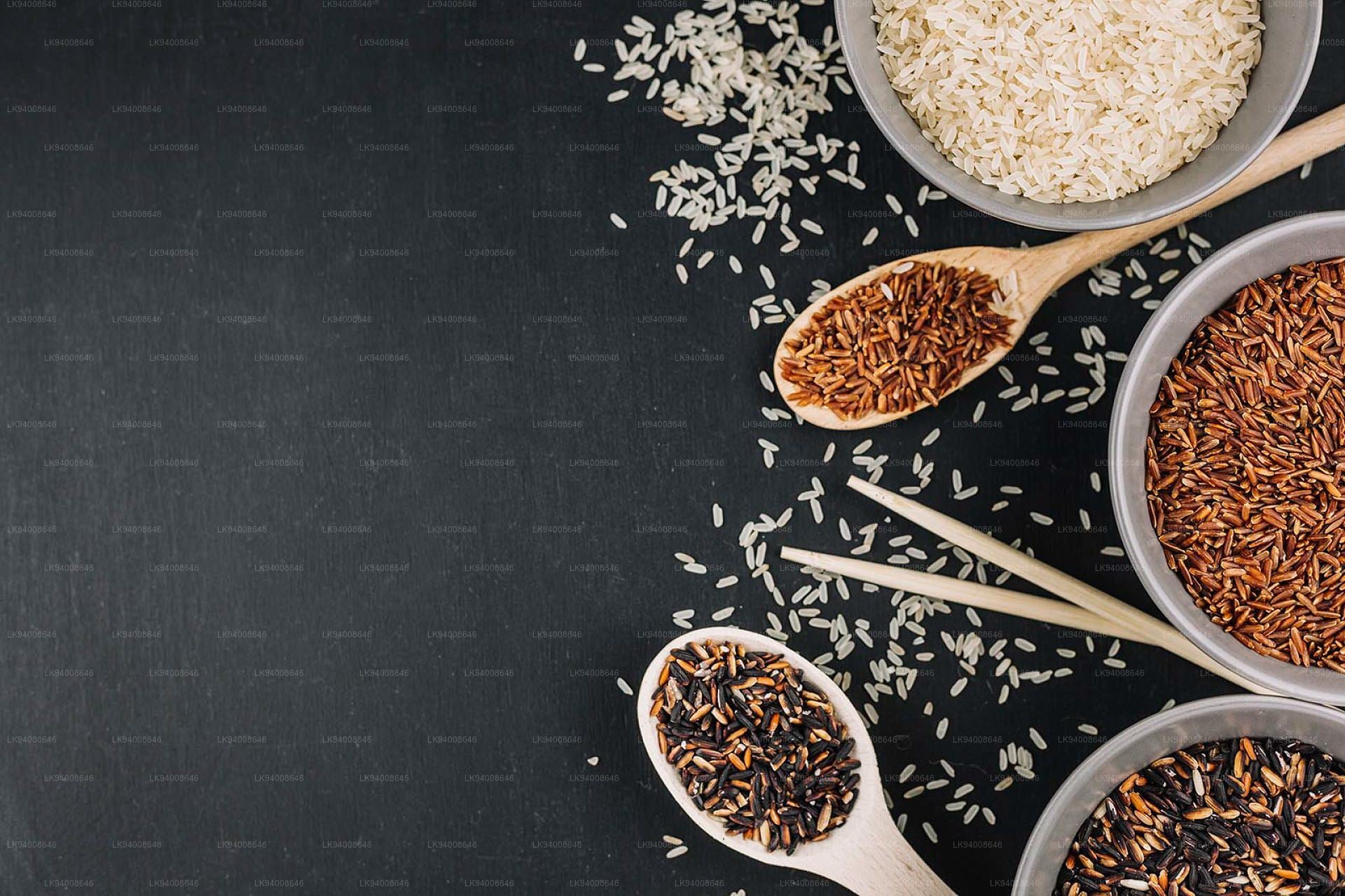 Goda Heeneti
Goda HeenetiGodaheeneti is een populaire, middelkorrelige rode rijstsoort die traditioneel in Sri Lanka wordt verbouwd en tot het heeneti-type behoort. De plant ontwikkelt zich tot een maximale hoogte van 160 cm. Deze oogst kan binnen 3,5 maand na het zaaien worden geoogst.
-
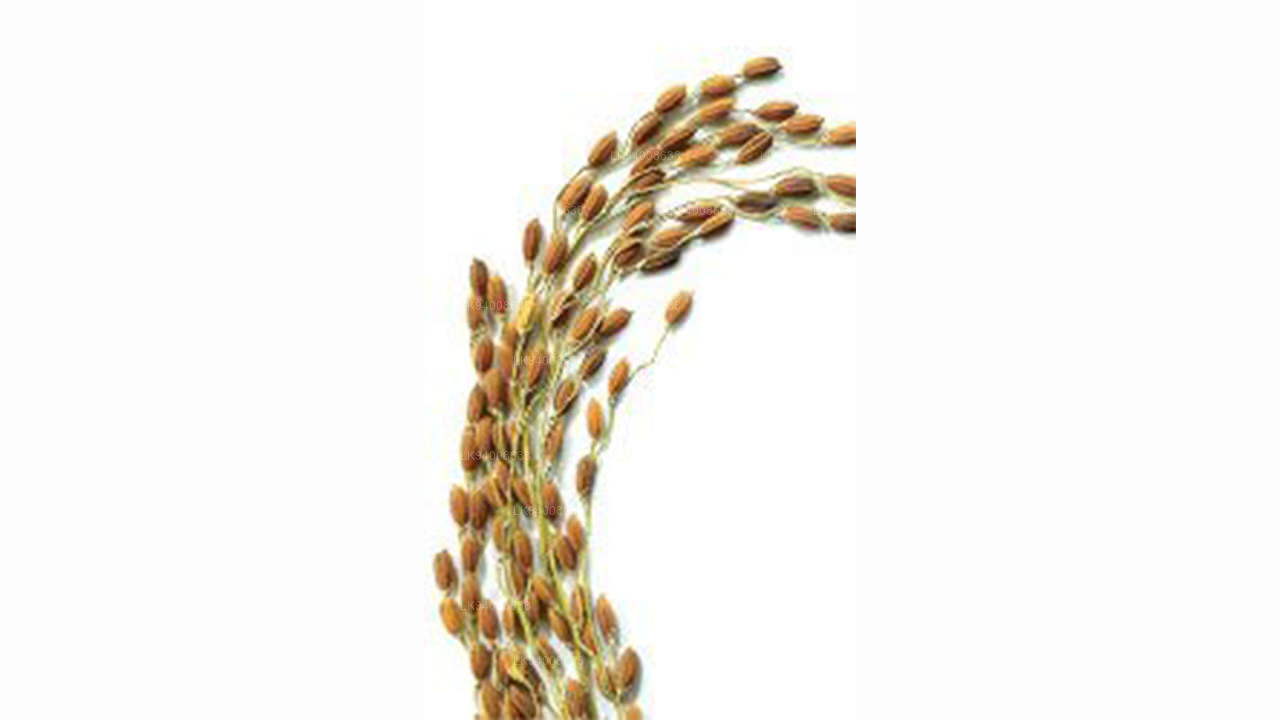 Rath Suwandal
Rath SuwandalRathsuwandal is een populaire, middelkorrelige rode rijstsoort die traditioneel in Sri Lanka wordt verbouwd. De plant wordt maximaal 120 cm hoog. Deze rijst kan binnen 3,5 maand na het zaaien worden geoogst.
















